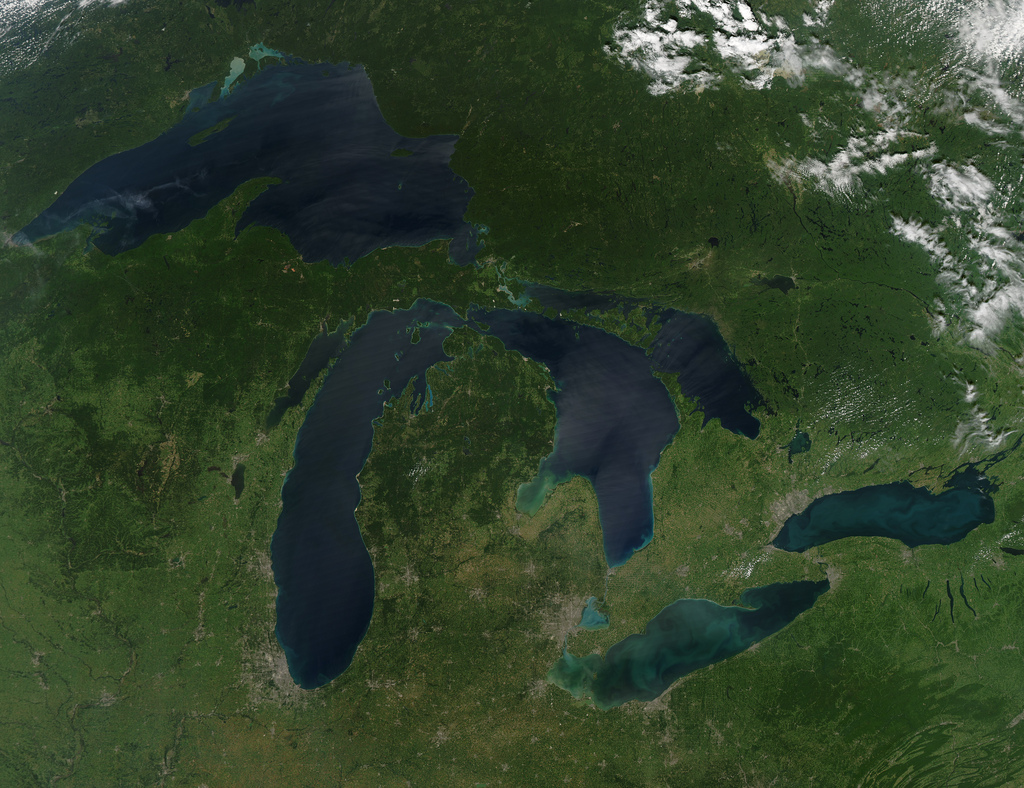Many school districts, colleges and universities are affected by annual spring flooding in the Central United States; seasonal inspiration for revisiting the technical and management codes and standards to avoid and/or mitigate water damages that may be originate with host municipality water supply and control authorities.
The standards developed by the American Society of Civil Engineers (ASCE) and its affiliate institute — Environmental Water Resource Institute (EWRI) — should appear in the design guidelines given to professional services firms retained by the facility construction, operations and maintenance workgroups. We encourage our colleagues in these units to update their design guidelines with the latest versions of the documents linked below:
ASCE/EWRI 56: Guidelines for the Physical Security of Water Utilities. These water utility guidelines recommend physical and electronic security measures for physical protection systems to protect against identified adversaries, referred to as the design basis threats (DBTs), with specified motivation, tools, equipment, and weapons.
ASCE/EWRI 57: Guidelines for the Physical Security of Wastewater/Stormwater Utilities. These wastewater/stormwater utilities guidelines recommend physical and electronic security measures for physical protection systems to protect against identified adversaries, referred to as the design basis threats (DBTs), with specified motivation, tools, equipment, and weapons. Additional requirements and security equipment may be necessary to defend against threats with greater capabilities.
Note that these documents are “paired” for the obvious reason that potable water systems must be separate from all other water systems.
No redlines that are in the upper tier of our priority rankings are open for public comment at this time; though there are two that might interest building contractors:
Standards currently accepting Public Comments include:
Public Comment for ASCE-SEI 24 Flood Resistant Design and Construction (Comment Deadline 9/26/24)
Public Comment for ASCE/SEI 32-01 Design and Construction of Frost-Protected Shallow Foundations (Comment Deadline 8/05/2024
Public Comment on ASCE 7-22 Supplement for Chapter 5 (Comment Deadline 1-15-2023)
Public Comment on ASCE 7-22 Supplement for Referenced Standards (Comment Deadline 1-15-2023)
We encourage direct engagement by education industry leaders, their engineering consultants, or municipal water management experts to participate in the development of these standards through the ASCE standards portal:
ASCE Standards Public Comment Page
You will need to set up an access account. You may also communicate directly with the American Society of Civil Engineers, 1801 Alexander Bell Dr., Reston, VA 20191. Contact: James Neckel (jneckel@asce.org).
We keep water-related ASCE titles on the standing agenda of our Water colloquium. See our CALENDAR for the next teleconference; open to everyone.
Issue: [18-52]
Category: Civil Engineering, Water, #SmartCampus
Colleagues: Jack Janveja, Richard Robben, Steve Snyder, Larry Spielvogel
LEARN MORE:










